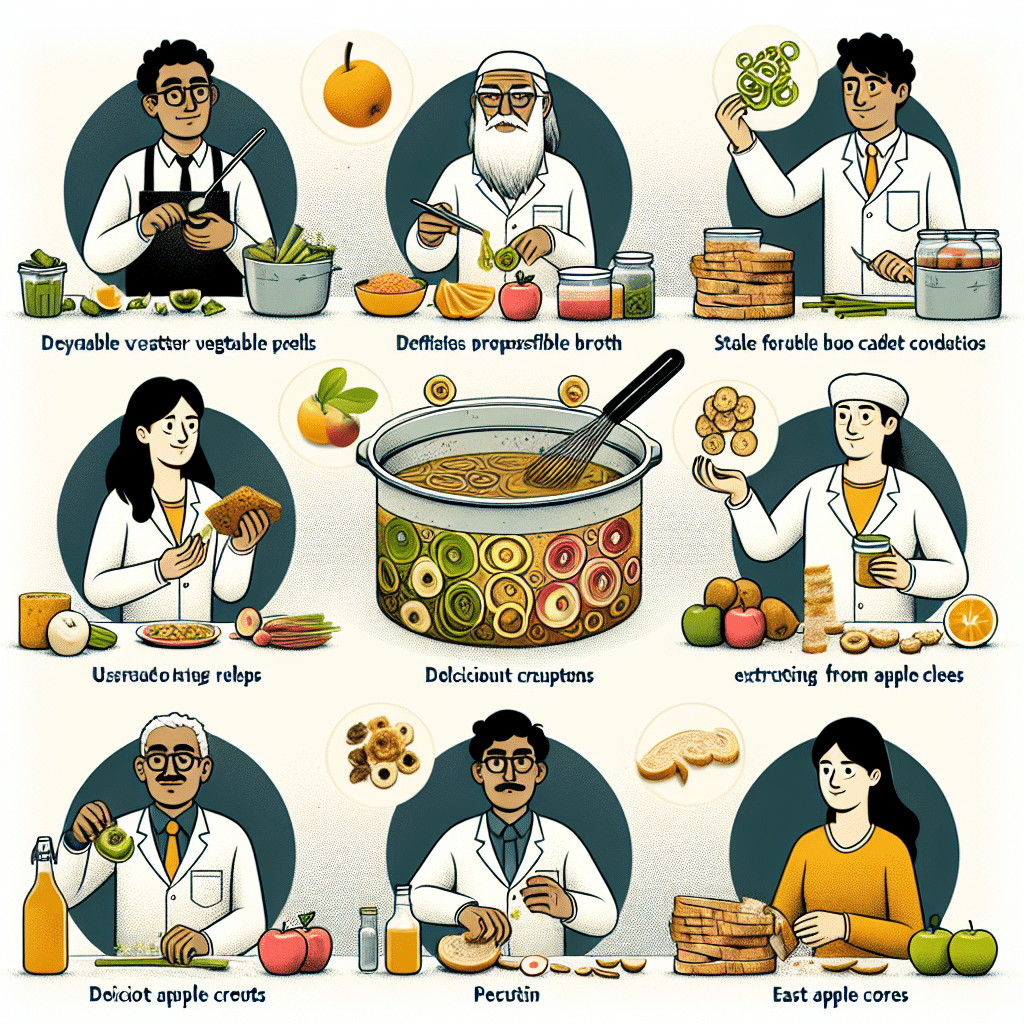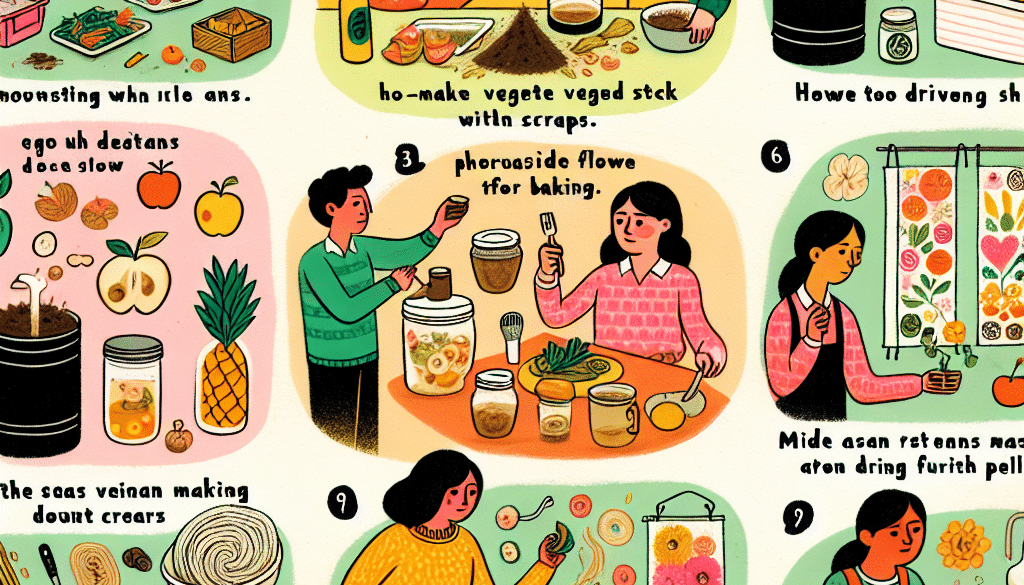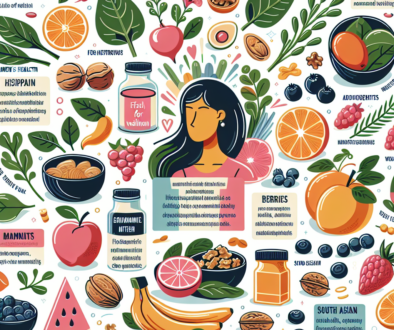Dietitians’ Food Waste Repurposing: 9 Creative Ways
-
Table of Contents
- Dietitians’ Food Waste Repurposing: 9 Creative Ways
- 1. Transforming Peels and Skins into Flavorful Additions
- 2. Repurposing Stale Bread into New Meals
- 3. Creating Stocks and Broths from Scraps
- 4. Utilizing Overripe Fruits in Smoothies and Baking
- 5. Regrowing Vegetables from Scraps
- 6. Fermenting to Create Probiotic-Rich Foods
- 7. Making Nut Milks and Flours from Leftover Pulp
- 8. Crafting Infused Oils and Vinegars
- 9. Composting for a Nutrient-Rich Garden
- Conclusion
- ETChem’s Protein Products Recommendation
Dietitians’ Food Waste Repurposing: 9 Creative Ways

Food waste is a global issue with significant environmental, economic, and social implications. Dietitians, with their expertise in nutrition and sustainable food practices, are uniquely positioned to lead the charge in repurposing food waste. By implementing creative strategies, they can help reduce waste while promoting health and wellness. Here are nine innovative ways dietitians are turning food scraps into nutritious gold.
1. Transforming Peels and Skins into Flavorful Additions
Often discarded, peels and skins from fruits and vegetables are packed with nutrients and flavor. Dietitians recommend using them to create zest, garnishes, or even homemade chips. For example, potato skins can be baked with a sprinkle of herbs to make a crunchy snack, while citrus peels can be candied or dried for use in baking.
2. Repurposing Stale Bread into New Meals
Stale bread doesn’t have to end up in the bin. It can be repurposed into croutons, breadcrumbs, or even used as a base for dishes like bread pudding or French toast. Dietitians suggest using whole-grain bread for an extra fiber boost.
3. Creating Stocks and Broths from Scraps
Vegetable trimmings, meat bones, and even seafood shells can be boiled down to create rich stocks and broths. These homemade bases are not only more flavorful than store-bought versions but also reduce waste and allow for control over sodium content.
4. Utilizing Overripe Fruits in Smoothies and Baking
Overripe fruits may not be appealing to eat as is, but they are perfect for smoothies, baking, or making jams. Dietitians often use bananas, berries, and other fruits that have gone soft to add natural sweetness and nutrients to recipes.
5. Regrowing Vegetables from Scraps
Some vegetable scraps can be regrown, providing a continuous supply of fresh produce. Green onions, lettuce, and celery bases can be placed in water to sprout new growth. This practice not only reduces waste but also encourages sustainable living.
6. Fermenting to Create Probiotic-Rich Foods
Fermentation is a method that not only preserves food but also enhances its nutritional value. Dietitians are using food scraps like cabbage cores and carrot peelings to make sauerkraut and kimchi, which are rich in probiotics.
7. Making Nut Milks and Flours from Leftover Pulp
After making nut milk, the remaining pulp can be dried and used to make nut flour, which is perfect for gluten-free baking. This approach maximizes the use of nuts and provides a high-protein, high-fiber ingredient for various recipes.
8. Crafting Infused Oils and Vinegars
Herb stems and vegetable scraps can infuse oils and vinegars with robust flavors. These infused condiments can be used in dressings, marinades, or as finishing touches to dishes, adding both flavor and nutrients.
9. Composting for a Nutrient-Rich Garden
Finally, for scraps that can’t be repurposed into meals, composting is an excellent way to return nutrients to the soil. Dietitians advocate for composting as a means to reduce landfill waste and provide a natural fertilizer for gardens.
Conclusion
In conclusion, dietitians are at the forefront of the fight against food waste, employing innovative and sustainable methods to repurpose scraps into nutritious and delicious foods. By transforming peels into snacks, stale bread into new creations, and scraps into stocks, they are leading by example in the journey towards zero waste. These nine creative ways not only help reduce the environmental impact of food waste but also encourage healthier eating habits and a more sustainable lifestyle.
ETChem’s Protein Products Recommendation
For those looking to enhance their diet with high-quality protein, ETChem’s range of collagen products is an excellent choice. Their variety of collagens, including marine, fish, bovine, and chicken, cater to different dietary needs and preferences. These products are perfect for individuals seeking to support their health and wellness goals, whether in the realm of sports nutrition, weight management, or general dietary supplementation. ETChem’s commitment to quality and their extensive product range make them a go-to source for all your protein needs.
About ETChem:
ETChem, a reputable Chinese Collagen factory manufacturer and supplier, is renowned for producing, stocking, exporting, and delivering the highest quality collagens. They include marine collagen, fish collagen, bovine collagen, chicken collagen, type I collagen, type II collagen and type III collagen etc. Their offerings, characterized by a neutral taste, instant solubility attributes, cater to a diverse range of industries. They serve nutraceutical, pharmaceutical, cosmeceutical, veterinary, as well as food and beverage finished product distributors, traders, and manufacturers across Europe, USA, Canada, Australia, Thailand, Japan, Korea, Brazil, and Chile, among others.
ETChem specialization includes exporting and delivering tailor-made collagen powder and finished collagen nutritional supplements. Their extensive product range covers sectors like Food and Beverage, Sports Nutrition, Weight Management, Dietary Supplements, Health and Wellness Products, ensuring comprehensive solutions to meet all your protein needs.
As a trusted company by leading global food and beverage brands and Fortune 500 companies, ETChem reinforces China’s reputation in the global arena. For more information or to sample their products, please contact them and email karen(at)et-chem.com today.




